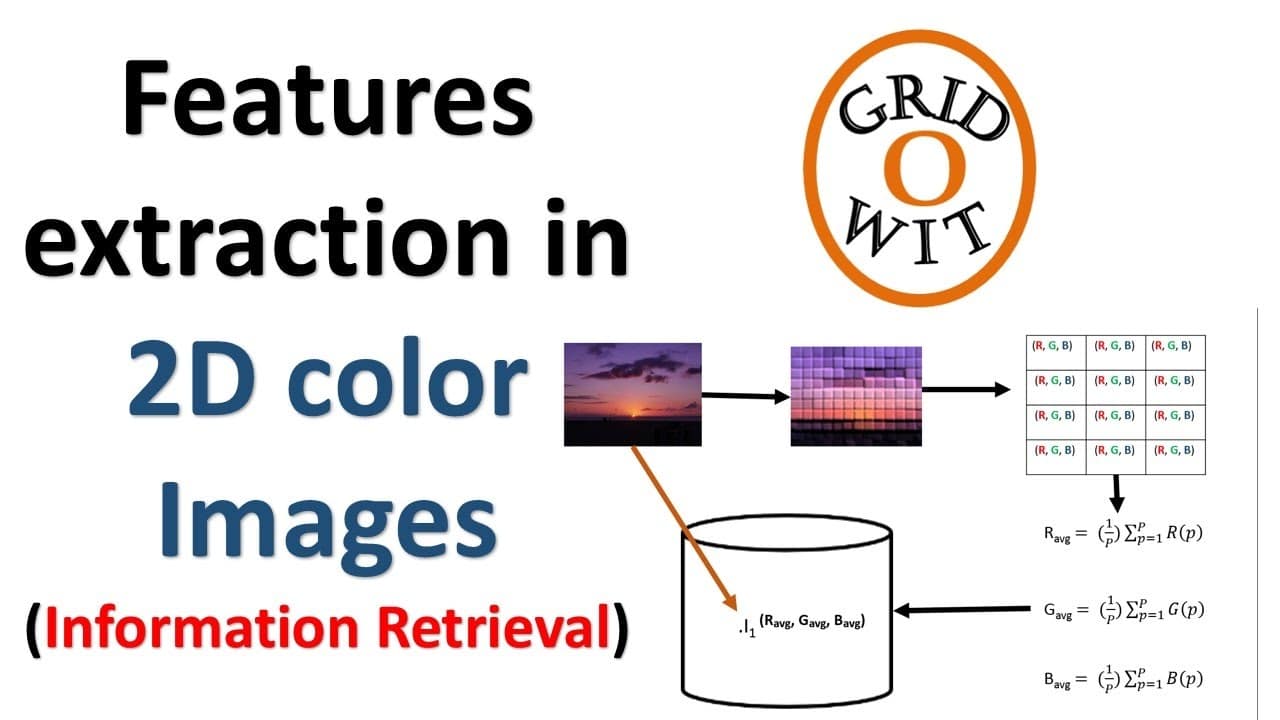Feature extraction is a process in which meaningful information from raw data is extracted and used for a particular purpose. It is most commonly used in the field of computers, programming, and cybersecurity, to identify important characteristics in data sets and create models that allow for predictability and optimization of a specific task.
The process of feature extraction begins with data pre-processing, which releases the data from the environment in which it is used and prepares it for further processing. Common pre-processing steps include data cleaning, normalization, scaling, sampling, feature selection, and dimensionality reduction. After the data is pre-processed, the extraction of the meaningful features takes place.
Feature extraction can be done manually, but it is usually done through machine learning and automatic feature discovery. Automated feature extraction often uses algorithms, such as principal component analysis (PCA) and linear discriminant analysis (LDA), to identify relevant features from the data set. These algorithms are used to reduce the dimensionality of the data and identify patterns that can be used to build models.
In the field of cybersecurity, feature extraction is used to identify patterns in data and create models that allow for the detection of malicious activity. By extracting features from data generated by users, such as browsing behavior, network requests, and files uploaded, it is possible to build models that can detect malicious activity.
Feature extraction is an important process in the fields of computer science, programming, and cybersecurity. It can be used to identify important characteristics from raw data, build models, and detect malicious activity. By utilizing feature extraction, it is possible to create models that can be used to predict and optimize specific tasks.






